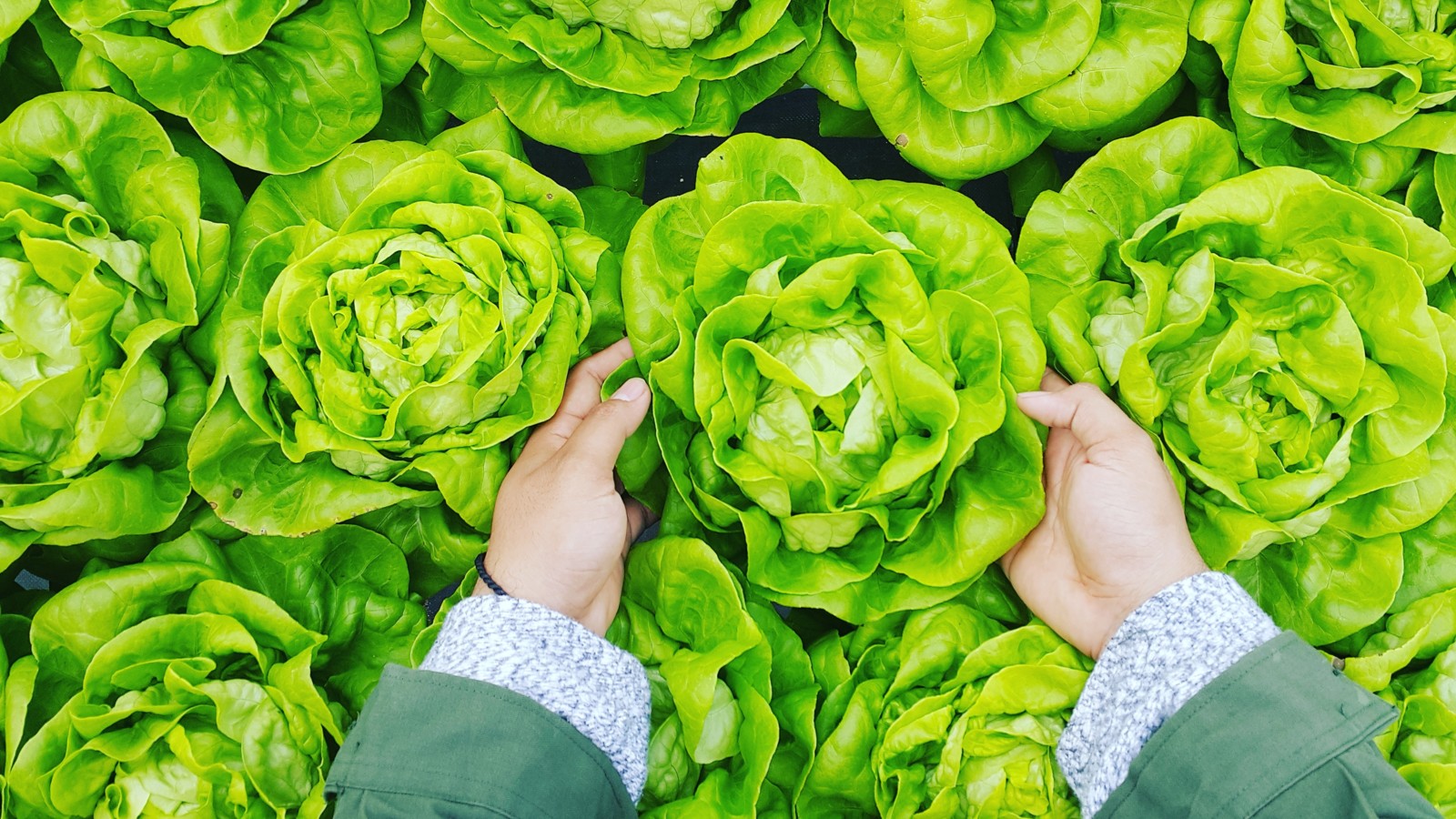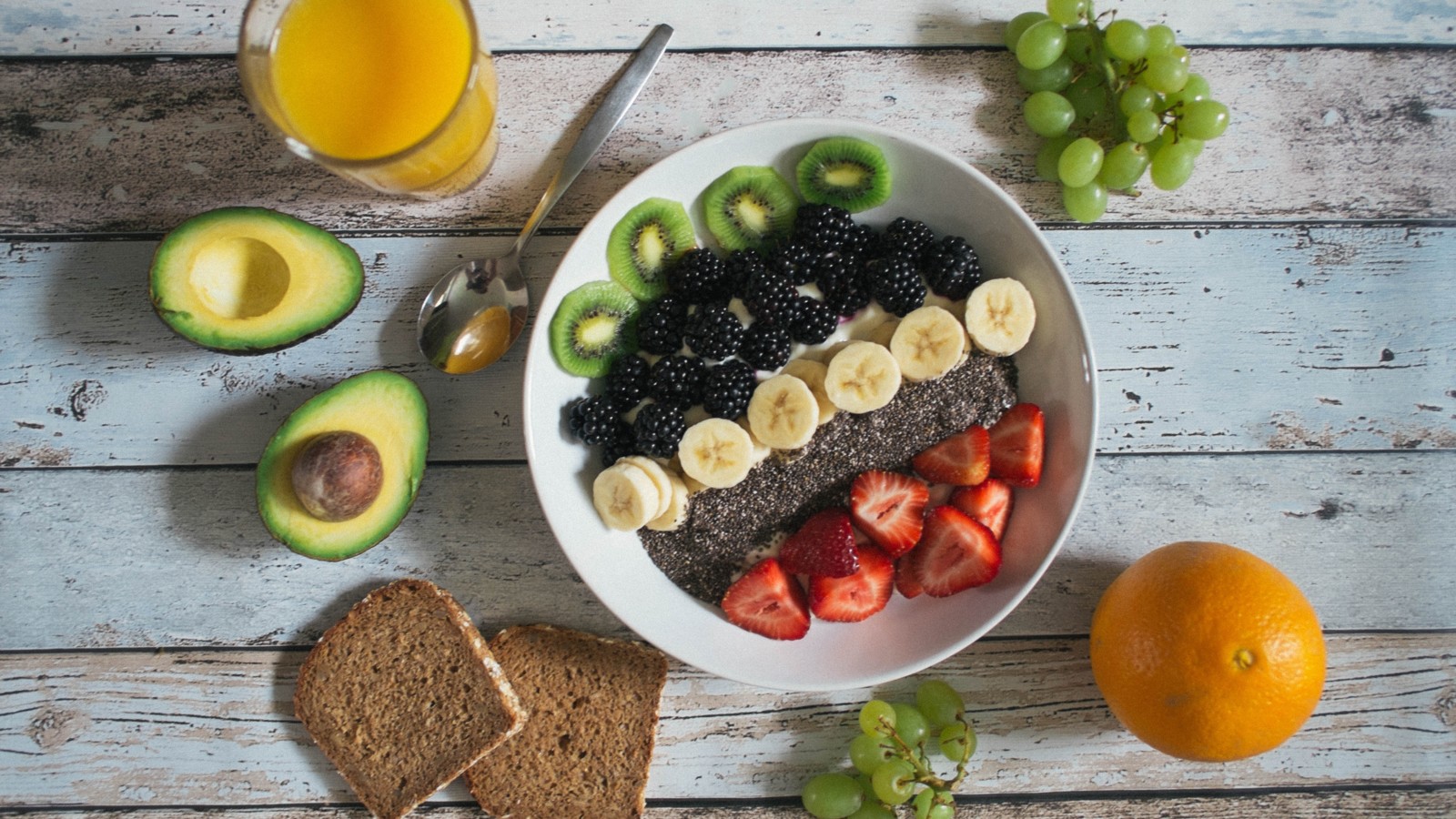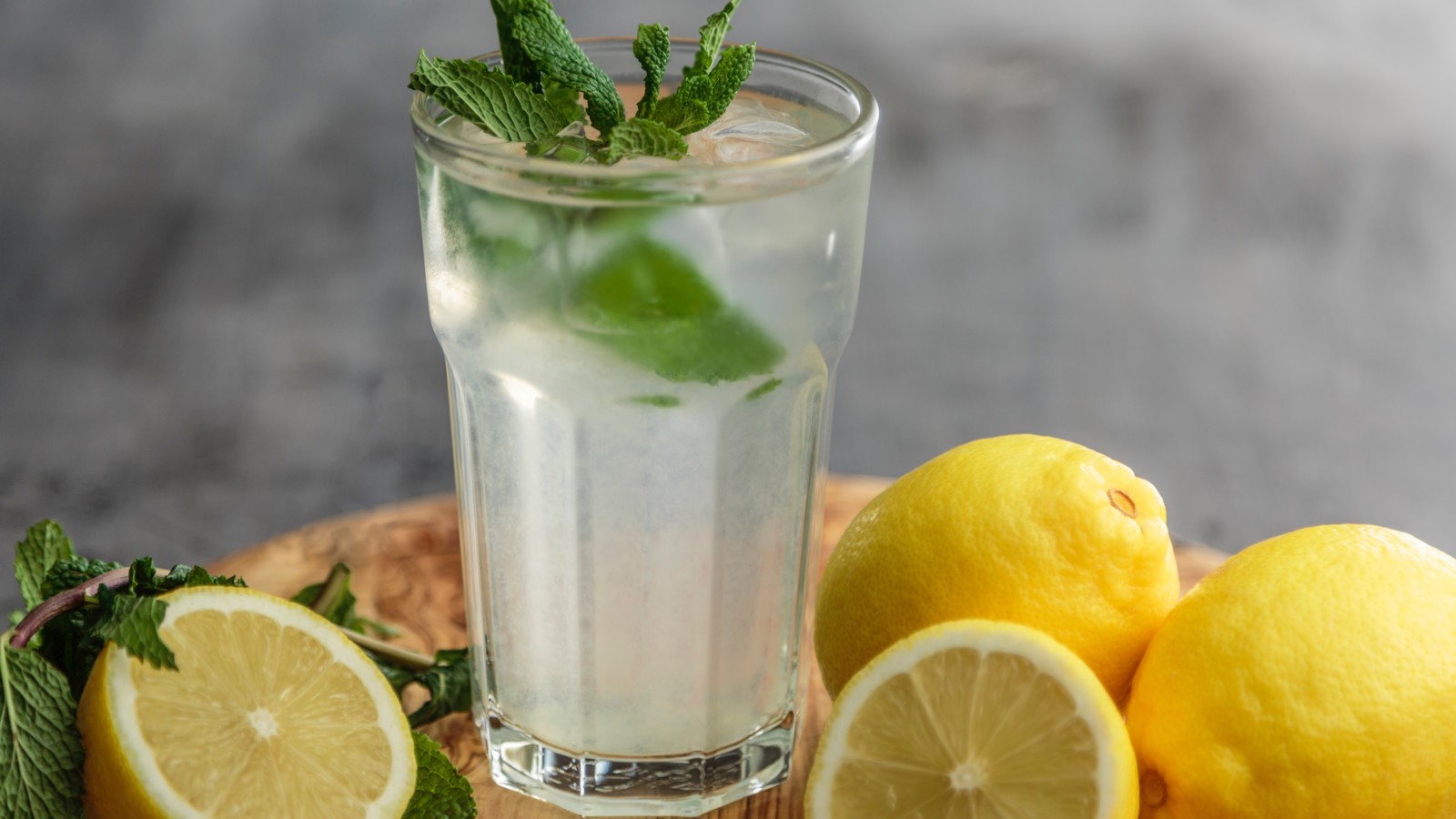Nutrition Secrets That Can Help Your Flexibility Training
What you need to know about nutrition and your flexibility goals.
We often get the question "Is there a connection between nutrition and flexibility?" And the answer is…YES! Nutrition has an effect on how your body moves and functions and that absolutely extends to your flexibility training. Food is medicine, and what we put into our bodies is either energizing, healing, and nourishing—or can contribute to feeling sluggish, stiff, and unmotivated.
We’ll discuss why eating healthy is so important for flexibility training and what you can do at mealtimes (and snack-times!) that will help support your flexibility goals. Plus, read on for a few foods that are particularly great for getting bendy!
Your diet is a bank account. Good food choices are good investments.

Eating to support your splits, backbends, and other flexibility goals doesn’t have to be complicated. Of course, each one of us has different nutritional requirements and responds to some foods better than others (or, our bodies may have food allergies or sensitivities that we need to honor). It’s important that you take the time to experiment, consult a professional if needed, and reflect on what foods make your body feel and function at its best. But in general, there are three points that will help you maximize your nutrition for greater flexibility.
1. Choose healthy, anti-inflammatory foods
2. Support your connective tissue health
3. Stay hydrated
If you put whole, healthy foods in your body instead of processed foods that are high in calories and fat, you’re going to perform better. So, what does it mean to eat healthy foods? Think about foods that are nutrient-dense like vegetables, fruits, whole grains, lean protein (including vegetarian sources of protein like beans!), and foods that steer clear of large amounts of sugar, processed carbs, and unhealthy fats.
When you eat foods with high amounts of sugar, processed carbs, and unhealthy fats, it can cause inflammation in the body. This can aggravate your body and lead to stiffness and bloating, which can be a (literal!) pain when you’ve got flexibility goals to conquer. Chronic inflammation is the body’s response to unwanted substances. You can fight inflammation—and free your muscles from inflammation’s effects!—with a nutrient-dense diet. Foods that fight inflammation include:
● Green leafy vegetables like spinach, kale, arugula, collards
● Nuts with healthy fats like almonds, walnuts, Brazil nuts, Macadamia nuts, and cashews
● Fish high in Omega 3 fatty acids like salmon, mackerel, tuna, and sardines
● Berries and other healthy fresh fruits like strawberries, blueberries, cherries, and oranges1
"Eating a high-nutrient diet actually makes you more satisfied with less food, and actually gives you the ability to enjoy food more without overeating.”

You can also turn to spices for a powerful anti-inflammatory effect. Adding even small amounts of the following spices to your diet can have big benefits for your health:
● Cinnamon
● Chili peppers
● Ginger
● Tumeric2
And it's not just your body that benefits from healthy nutritional choices. Eating a balanced, anti-inflammatory diet can also put you in a better mood! We know first-hand that it’s tough to stay motivated to train regularly. Staying disciplined takes willpower and mental energy, and when your body isn’t feeling great because of the foods it’s trying to process, it can make it that much harder to get on the mat to get your workout in. When you eat healthy foods, it can energize your body and leave you feeling positive and motivated.
When you’re thinking about nutrition for flexibility, it’s also important to pay attention to the health of your connective tissue. Connective tissue (ligaments, tendons and fascia) is critical to building and maintaining a strong and flexible body. Collagen supplements are a popular way to support the health of connective tissue. Another great source of collagen is found naturally in bone broth. Foods that are high in Vitamin C, like kiwis, berries, and broccoli, can also help the body’s natural production of collagen and other components of your connective tissue. As you age, your body’s production of collagen decreases, so it’s essential to make nutritional choices that support the health of your connective tissues if you want to stay limber and strong.

Okay, let’s talk about staying hydrated. This one is just as important as what you eat. Think of your body as a sponge. Without water, the sponge is brittle and stiff. With water, it’s supple and flexible. It's similar when it comes to your muscles. Our muscles are 79% water3—that’s a lot of H20!
Proper hydration lubricates your joints and regulates your body temperature—both super important for your fitness undertakings. Staying hydrated helps with the delivery of essential nutrients to fuel your body and support your performance. The best way to hydrate is to keep it simple and choose water. If you’re super dehydrated and need to get back on track after a workout or an intense sweat session, you can also reach for coconut water or another beverage that restores key vitamins and minerals and brings your blood sugar levels back to normal.
We certainly love a cup of coffee (or two, or three…) but remember that coffee and other drinks with caffeine like black tea and soda can be dehydrating. If you have that cup of coffee, make sure you’re also drinking enough water to counteract any diuretic effects of the beverage. Stay well-hydrated so your body is prepared for your training sessions AND your post-training recovery as the body rebuilds its muscles.

When you have a goal like your middle split, your front splits, a bendy back, or more, think about how you can pursue your goal from a whole-body perspective."Healthy eating is a way of life, so it's important to establish routines that are simple, realistic, and ultimately livable.”
To recap nutritional choices for greater flexibility, remember to reach for:
● Leafy greens like spinach and collards
● A wide variety of veggies
● Whole grains
● Nuts with healthy fats
● Fish high in Omega 3 fatty acids
● Berries and other healthy fresh fruits
● Anti-inflammatory spices
● Collagen supplements or bone broth (and foods high in Vitamin C to promote collagen production)
It’s not just the time you clock on the mat, but how you fuel your body that counts. While these suggestions aren't all-encompassing (nutrition requirements are unique to every one of us!), they can give you a launching point to make some changes in your daily routine. Use your flexibility goals as mealtime motivation to reach for healthy options. Nutritional choices that support your fitness will leave you mentally motivated and physically ready to train!

1Harvard Health Publishing. “Foods That Fight Inflammation - Harvard Health.” Harvard Health Blog, 13 Aug. 2017, www.health.harvard.edu/staying-healthy/foods-that-fight-inflammation.
2Pagán, Camille Noe. “Herbs and Spices for Your Health: Ginger, Turmeric, Cinnamon, and More.” WebMD, WebMD, 22 Aug. 2018, www.webmd.com/healthy-aging/over-50-nutrition-17/spices-and-herbs-health-benefits.
3Perlman, Howard, and USGS. “The Water in You.” Livestock Water Use, the USGS Water Science School, water.usgs.gov/edu/propertyyou.html.




